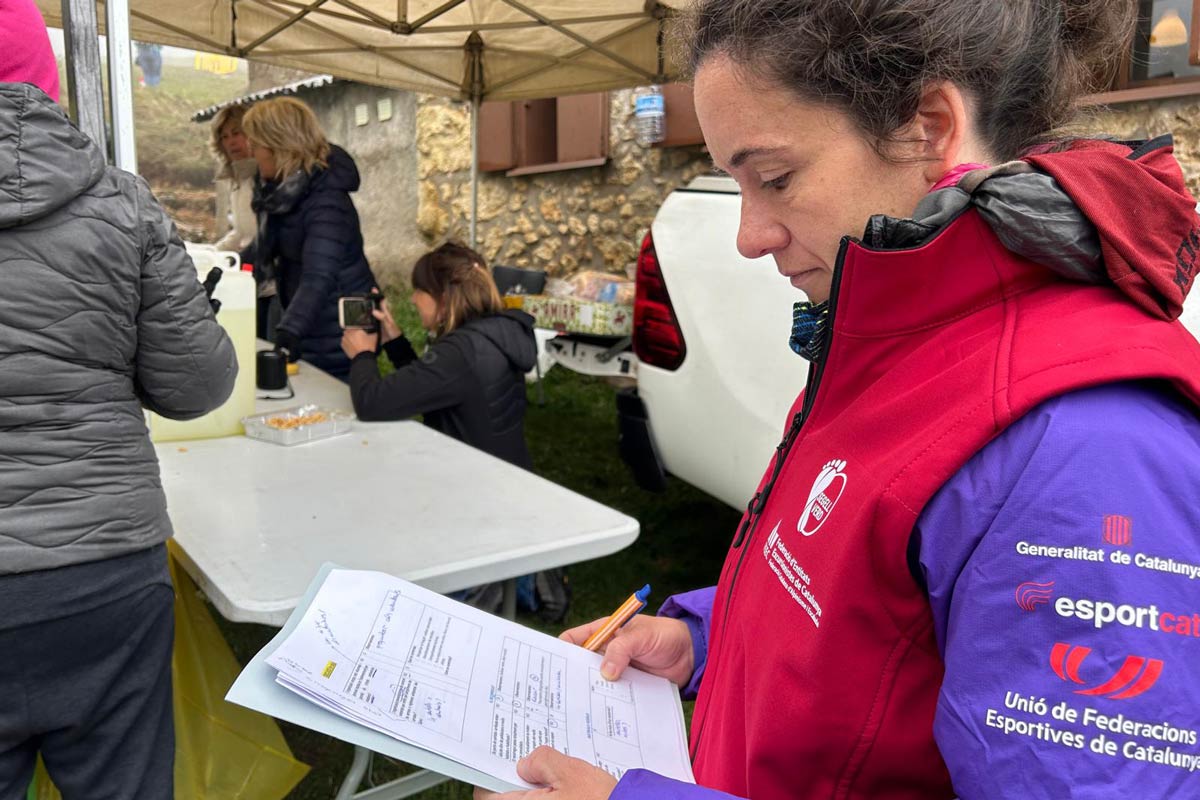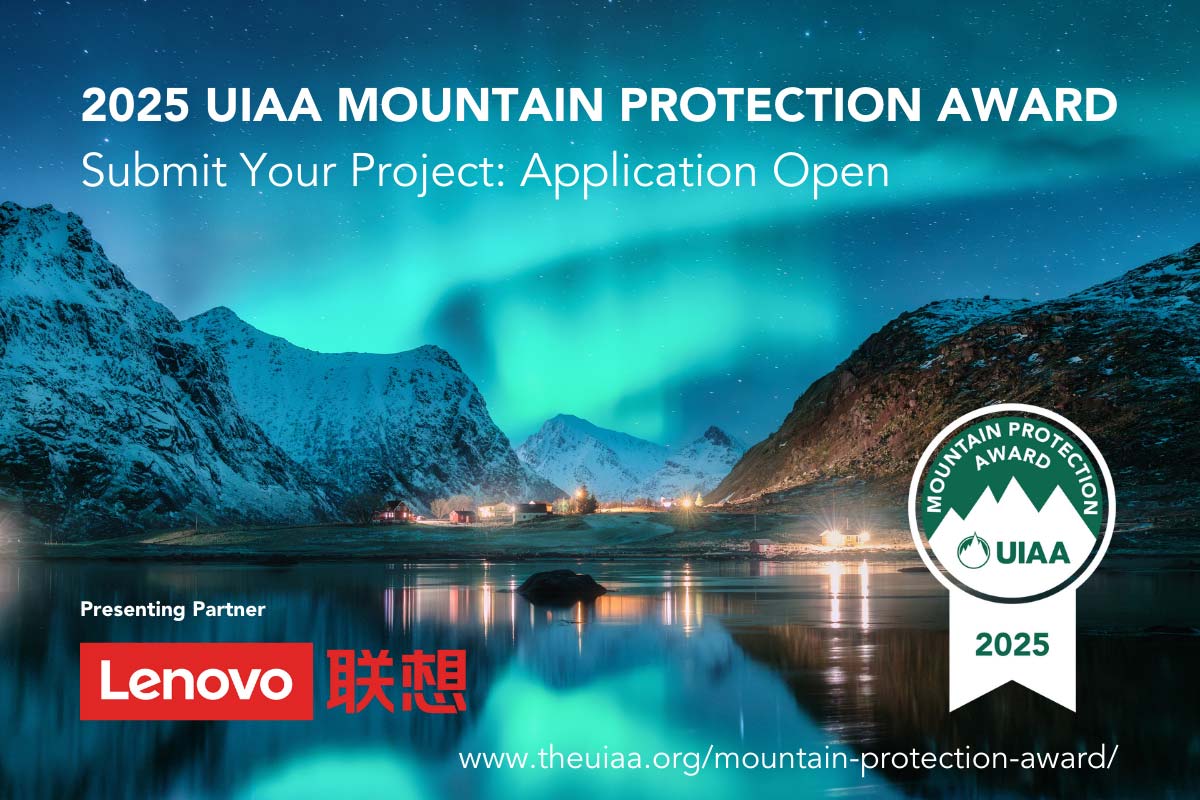In the Khumbu region of the Himalayas, a pilot early warning system for glacial lake outbursts is being developed. Glacial lake outbursts can be caused by global warming and is a major threath to people in the region.
The work is done by scientists from the International Centre for Integrated Mountain Development, ICIMOD, in cooperation with the Nepal Department of National Parks and Wildlife Conservation and the Keio University of Japan.
Glacial lakes are formed by melting ice and are normal landscape features. However, as a result of rasing temperatures there has become a lot more of them in the last decades. In 1985 one such lake, the Dig Tsho in the Khumbu Region burst its natural dam after an ice avalanche hit the lake, causing drowning deaths and destroying homes and infrastructure.
“The changes taking place currently are alarming, and the time to act is now,” says Dr. Andreas Schild, Director General of ICIMOD. His organisation is carrying out scientific research to monitor glaciers and glacial lakes in the region and gather information to help communities and develop early warning systems. A six-member research team led by Basanta Shrestha of ICIMOD have visited Khumbu this spring to start the work.
A pilot early warning system will be implemented for Imja lake, one of the fastest growing lakes in the region, in collaboration with the Nepal Department of National Parks and Wildlife Conservation and the Keio University of Japan. The scientists have already carried out investigations to assess the status of Dig Tsho, the glacial lake which burst in 1985.
As part of the Eco Everest campaign, the ICIMOD Eco Everest Trust Fund has been set up to finance further research and early warning systems for glacier lake outburst floods. At a press conference on 3 April, a check for US$ 20,000, representing US $ 2,000 per climber, was handed over to ICIMOD by Dawa Steven Sherpa, leader of the Eco Everest expedition 2008.
ICIMOD’s strategy focuses on understanding the impacts of climate change, support local people to deal with the changes in their environment, contribute to global awareness of the importance of fragile mountain ecosystems and promoting international solidarity and cooperation. For more information, please visit their website
You can also read more about Glacial lakes in the Khumbu here on the UIAA web site.


